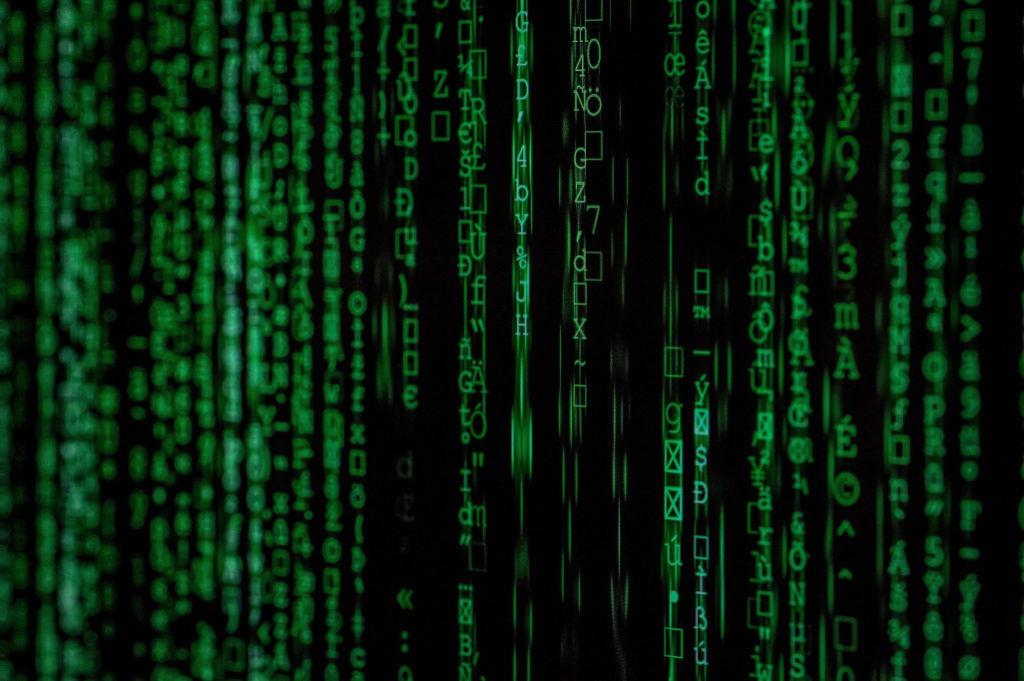Our metal recycling solutions use fluidised sand motion and eddy current technology to efficiently sort scrap metal from other materials. We’ve designed our products to be reliable, durable and easy to use so they can withstand the rigors of use in heavy industrial environments.
Although our systems don’t harness cutting edge technology, we believe they provide a robust solution and hold their own against rival state of the art alternatives.
In this post we’ve started to explore the advantages and disadvantages of some (not all) of the new technologies being employed:
Spectroscopy
How it works
Spectroscopy is a range of techniques that uses radiation in order to obtain data on a structure. Materials pass an array of sensors that trigger x-ray, neutron flux or pulse laser. The relevant source hits the metal which produces an emission: x-ray fluorescence, gamma ray fluorescence (neutron flux) or optical emission for pulse laser. Computer signals send materials to the appropriate bin.
The pulse laser has a couple of fundamental limitations. It can only penetrate a small distance into the surface of a metal and scrap must be free of lubricants, paint and other coatings. Oxide formation on the surface can cause false readings.
X-ray fluorescence (XRFs)
This is an excellent application for qualitative elemental analysis as it provides a complete spectrum of information. However, X-ray has a low intensity over large areas. This is primarily due to the technology being developed in the first instance for the medical industry and is now being developed / adapted for other sectors. A mechanical positioning system is required to cover larger areas. XRFs are highly advanced and technical pieces of equipment with potentially more electronics to go wrong in dirty industrial environments. Comprehensive training is required to operate the image analysis software.
The technology is continuously being developed to improve XRF’s lower precision and difficulty in detecting light elements as well as improving read times to obtain quicker PMI. There are ongoing ethical concerns relating to safety precautions as harmful radiation is emitted.
X-ray fluorescence analysers must be routinely calibrated using industry standard reference material to maintain their accuracy over repeated use cycles.
SandFlo Fluidised sand system
A simple system that uses fluidised sand to sort non-ferrous metals by density, less dense materials remain at the surface and heavier metals sink deeper.
The sand can be cleaned and reused with no by-products for disposal. Only one operator is required removing the requirement for manual sortation.
There is no image analysis software or technology to go wrong.
The system is relatively noisy and the sand used is specialist, only the correct type will work efficiently.
Eddy current
A continuous magnetic flow separates non-ferrous metals from mixed materials.
The eddy current system uses few moving parts with less to go wrong. It is also extremely tough and durable.
This is a dry process that doesn’t create any by-products for disposal.
If very small fragments need to be recovered the catchment traps need fine adjustment, or possibly a second pass may be required to obtain maximum extraction.

